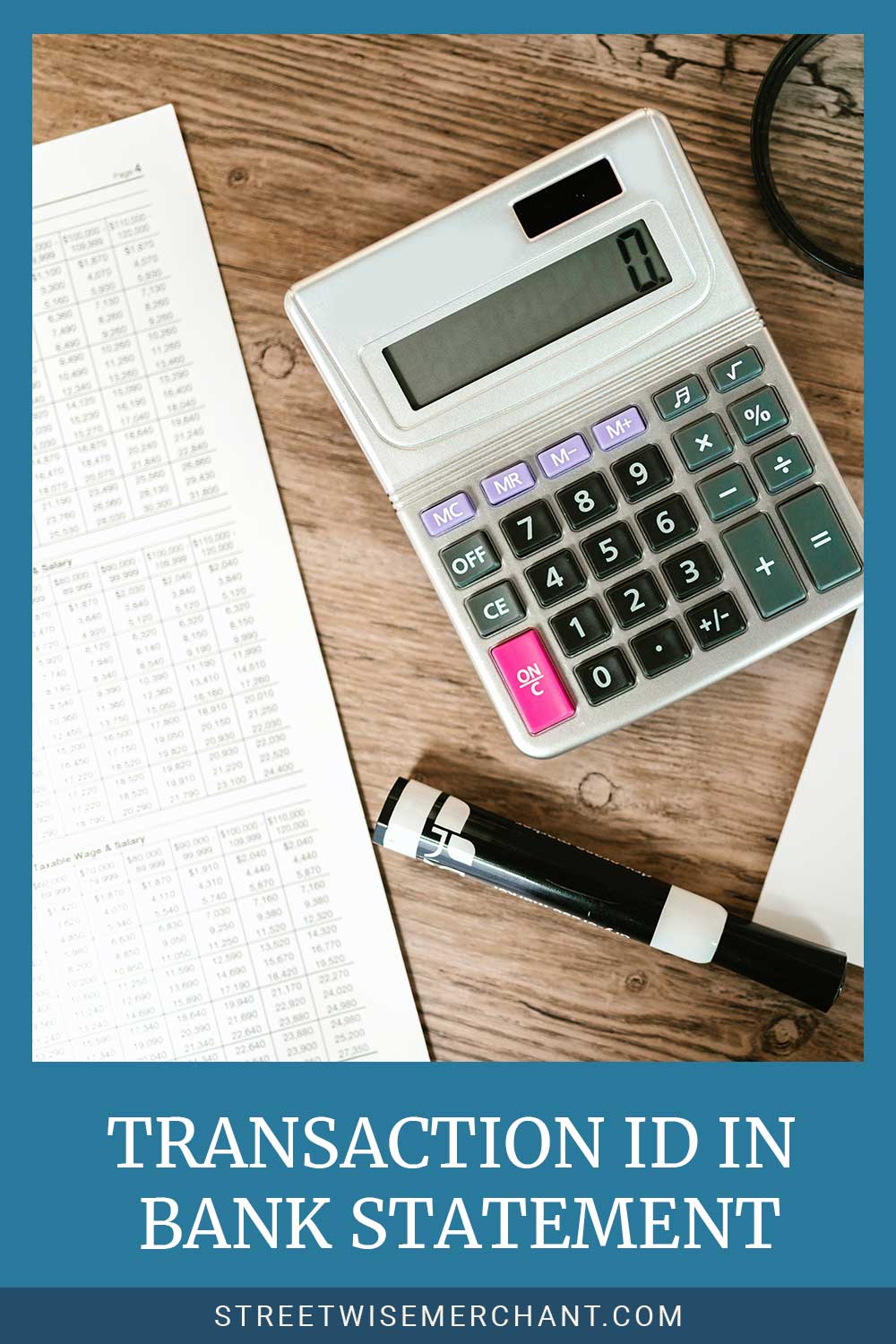There are many transactions going through, even as you are reading this article, with the amounts of payments and transfers being authorized every day. These transactions must somehow be identified with a code, so the information can later be easily retrieved.
This is where the term “transaction ID” comes in. So what exactly is this ID, and how can it be used? Read on to find out the answer to your burning questions.
What Does it Mean?
The transaction ID is a specific unique set of digits that is appointed to a transaction. Every transaction made receives its ID, so no two are ever the same.
This code basically defines the transaction. Bankers can use this number to identify different purchases made by cardholders.
The transaction ID is a code usually 12-18 digits and contains letters and numbers. If someone wants to track a payment, they will need the associated transaction ID. This ID is also required when requesting a refund of payment.
Where Can You Find it?
To find a transaction ID of payment, you will not need to look very far. In most cases, this code can be found on the receipt or the invoice of the payment. If you have kept these documents, then you will find your transaction ID on them.
The transaction ID can be found on the receipt or the invoice close to other important information, including the date, where the purchase was made, and the order number.
Keep in mind that no two transaction IDs are the same, so you must look for the ID of the specific payment you require.
Is it the Same as the Payment ID?
The terms transaction ID and payment ID are usually used together when using the transfer platform PayPal. On PayPal, a transaction ID implies payment for an order that is complete.
This means the money has been transferred, and the product/service has been received if the transfer is associated with a purchase.
On PayPal, a payment ID is used for a transaction that has been started, but the payment hasn’t been completed yet. This means the money hasn’t been transferred yet, but will soon be.
If not using PayPal, the two terms could also mean different things. Check with the bank or the platform you are using if you are confused about the term’s meanings.
Is it Safe to Give a Transaction ID?
The transaction ID is a number used to identify a specific transaction. This means it only identifies a specific payment and doesn’t contain any sensitive information.
Therefore, a transaction ID cannot be used to cause harm since it won’t inform the person of any information that could be confidential.
If a banker or a merchant asks for your transaction ID to track a payment or when you are requesting a refund, it is totally normal for you to provide it.
Otherwise, you should be careful giving out any information to untrusted sources. However, even if you provide a transaction ID, this cannot have grave consequences.
Can Customer’s ID Be Misused in Any Way?
Generally, there isn’t a way that a transaction ID can be misused in any way. Only a 12-18 digit code is used to identify a transfer or payment.
This transaction ID is usually used to track payments to see the process. Otherwise, they are also required to check the authorization when requesting a refund of payment.
If a merchant asks for a transaction ID for a purchase made, there shouldn’t be any hesitation in providing it. It cannot reveal any sensitive information or confidential information that can be used against a customer.
Final Thoughts on Transaction ID In a Bank Statement
A transaction ID is nothing else but a unique code used to identify a payment. When you have your transaction ID, you can track your payment and check that everything is in order.
If leaked or given away, this ID cannot be used to cause any harm or attain any sensitive information, so it is completely harmless.
